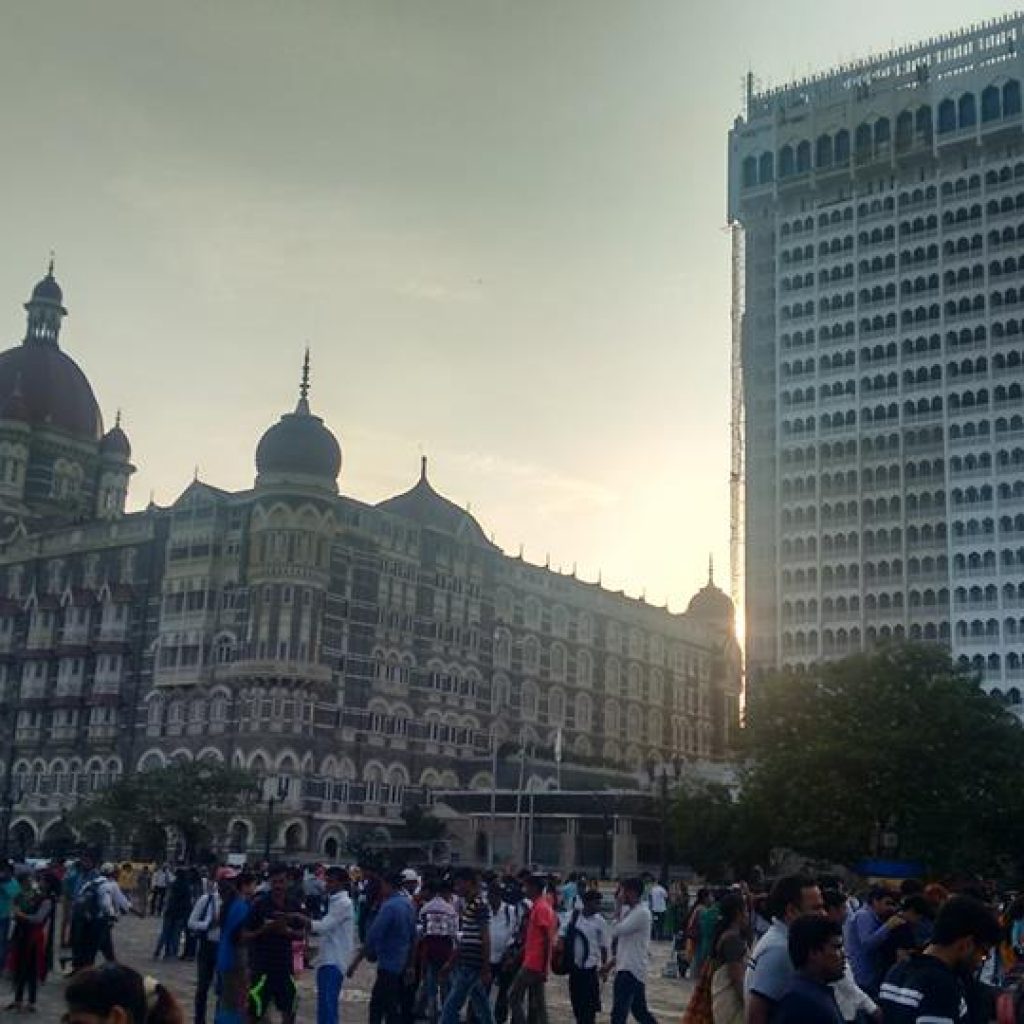
A wedding dinner scheduled at the renovated Taj hotel in Mumbai shortly after 26/11 had to be shifted at the eleventh hour despite the food being ready to the Oberoi hostel due to a fire, making it a rare occasion when the two business rivals worked together.
Karambir Kang, the then GM of Taj Mahal Mumbai, called it a truly win-win situation – victory for Taj because the guest’s function was honoured and victory for Oberoi because it had played the Good Samaritan to its senior competitor and emerged in a very positive light.
This incident finds mention in the book “Win-Win Corporations”, written by Shashank Shah of Harvard University South Asia Institute and published by Penguin Random House. This bonhomie is, however, not new to the Tata Group, the author says.
“In 1970, JRD Tata made Ajit Kerkar the Managing Director of Indian Hotels. He shared JRD’s vision and was given immense freedom to achieve it. Over the next two decades, with abundant autonomy and authority, Kerkar expanded IHCL’s footprint from a single hotel to many dozens across India. The first addition was the Taj Mahal Tower, constructed just next to the main hotel in 1972.
“In the same year, the Oberoi Towers inaugurated their property at Nariman Point, just two km away. Such was the bonhomie displayed by Taj that it published print ads which read, ‘Taj welcomes its friend to share the fortunes of this great city’,” he writes.
Shah then goes on to cite the unusual instance shared with him by Karambir, the former General Manager of the Taj Mahal Palace Hotel in Mumbai and the hero of the terror attacks who lost his family while saving the lives of the guests. Sometime in 2009, the renovated Taj Mumbai had just been reopened to the public. However, some work was still in progress in parts of the hotel. So half the hotel wasn’t functional.
On one particular evening, a large wedding of a very prominent businessman’s daughter was scheduled in the hotel. “On the morning of the day when the reception and dinner was scheduled, there was short-circuit that caused a resultant fire in the basement of the hotel. The matter was quite serious and the hotel was required to be practically shut down for a couple of days for reasons of safety,” Shah says. “On the other hand, this business tycoon had invited 400 guests that evening. It was just impossible to conduct the event at the Taj or even relocate to Lands End, a long distance from Colaba. Karambir and his entire team were in a situation of flux. They just didn’t know what to do,” he writes.
At that time, the team led by Hemant Oberoi, then Grand Executive Chef for Taj Luxury Hotels, finally decided to do something unprecedented just to ensure that the guest’s function was successfully celebrated, the book says. Probably, for the first time in hospitality industry’s history, Taj called their competitor, the Oberoi Hotel, it says.
The Taj Mahal Hotel is located at Colaba and the Oberoi-Trident at Nariman Point; they’re on either side of the peninsula jutting into the Arabian Sea, at a distance of about two km. Karambir picked up the phone and called the GM of Oberoi-Trident. “He explained the situation and said, ‘I know you have a hall which is available, our food is already cooked. Will it be okay if we shift the wedding there?’ Imagine, the food from Taj, served in the Oberoi; the Taj guests, served by the Oberoi staff!” Shah writes.
“For those who understand the intense competition in this sector, this is an unbelievable situation. Yet, at such a time, the century-long goodwill of the Taj came to the fore. Oberoi willingly agreed to oblige in this hour of dire need. “Karambir told me, ‘I think that kind of brotherhood among us developed because we all went through that terrible time together. They instantly said ‘yes’ even without thinking.’ So, it was perhaps for the first time in history that two competitors worked together.” All is well that ends well and the guest surely had a memorable wedding for his daughter. In the book, Shah identifies six Indian companies and tells readers how they are stand out in the way they do business.
